Back in the golden days of TV, love stories played out in ways that seemed perfect for their time. But as the years roll on, we start to realize some of those classic relationships might not fare so well in today’s world. Whether it’s shifting social norms, unhealthy dynamics, or plot points that just wouldn’t fly, these couples make us wonder: would they even make it past the first season if written today? Let’s take a nostalgic look at 12 TV couples who charmed us back then but might not stand the test of a more modern lens.
1. Lucy and Ricky Ricardo (I Love Lucy)
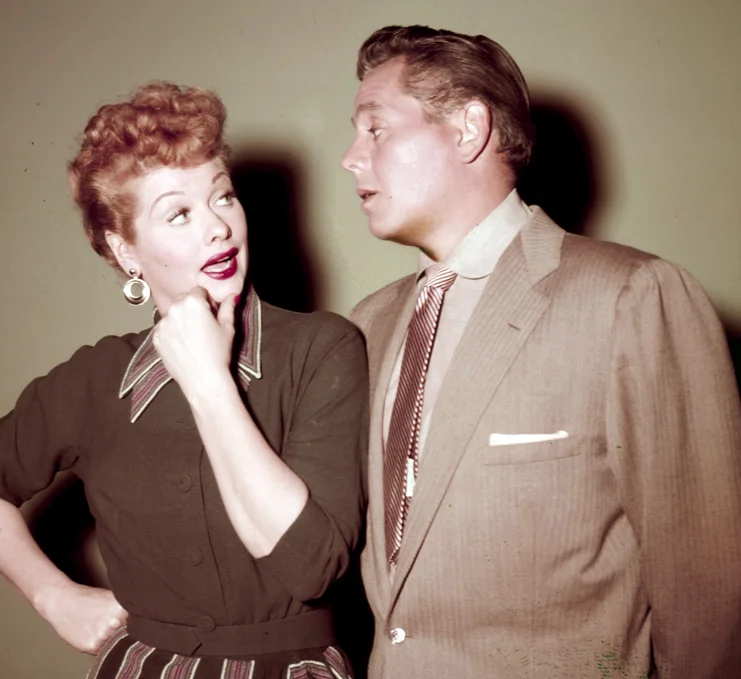
Lucy and Ricky were the quintessential 1950s couple, but their relationship had more than its share of turbulence. Ricky’s quick temper and Lucy’s constant scheming created plenty of laughs, but a lot of those antics would be huge red flags today. Could you imagine a modern partner telling their significant other “You’ve got some ’splaining to do!” in that tone without serious repercussions? Their dynamic often leaned on traditional gender roles, with Ricky calling the shots and Lucy relegated to the role of the mischievous housewife, desperate for a piece of the limelight.
While their chemistry was undeniable, their communication was, well, lacking. Lucy hid her ambitions in slapstick gags rather than openly discussing them with Ricky, and he often dismissed her as silly. Today, their relationship might be called out for its lack of emotional equity. Yet, even with all that, their love for each other was always clear, which is probably why they’re still one of TV’s most iconic pairs.
2. Archie and Edith Bunker (All in the Family)
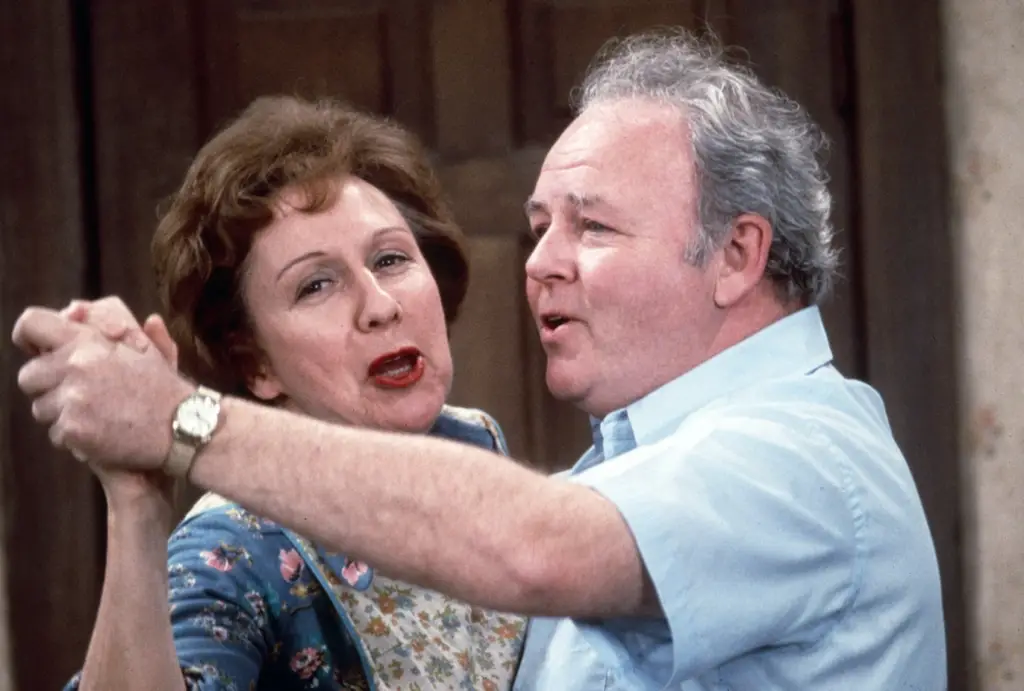
Archie and Edith represented a working-class couple deeply rooted in traditional values, but their relationship was far from balanced. Archie’s frequent insults and dismissive attitude toward Edith painted a picture of a man stuck in his ways. Edith’s role as the long-suffering but eternally patient wife might have seemed noble then, but today, viewers would likely see a woman putting up with far more than she should. Archie’s refusal to change or listen to Edith’s perspective would make modern audiences cringe.
However, what kept their bond alive was Edith’s quiet strength and Archie’s rare but heartfelt moments of vulnerability. There was an undercurrent of love that peeked through their constant bickering, but in today’s world, Edith might have been encouraged to set some boundaries—or even leave. Still, Archie’s gradual growth over the series hinted that even the most stubborn people can change, a timeless lesson that still resonates.
3. Darren and Samantha Stephens (Bewitched)
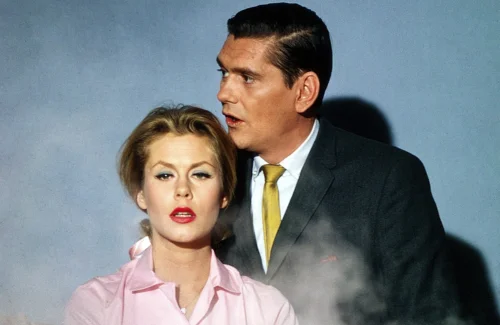
Darren and Samantha’s love story was a magical one—literally—but it came with some serious baggage. Darren’s insistence that Samantha suppress her witchy powers to lead a “normal” life might not sit well with modern audiences who value individuality and self-expression. The idea that Samantha should tone herself down to make her husband comfortable feels outdated, especially when her powers often saved the day. Darren’s discomfort with her true self would be seen as controlling rather than endearing.
Despite these issues, the couple’s devotion to one another was undeniable, and Samantha often used her magic for Darren’s benefit without him even knowing. Today, though, audiences might wish she used her powers to stand up for herself a bit more. Imagine how fun it would be to see Samantha embrace her full potential, with Darren as a supportive partner cheering her on! Their story might need a rewrite for a modern retelling, but the love they shared still shines through.
4. Ralph and Alice Kramden (The Honeymooners)
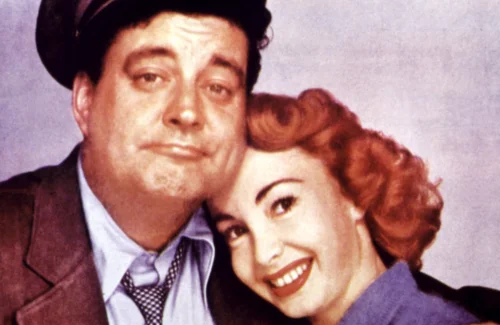
Ralph and Alice’s relationship was built on fiery banter and larger-than-life personalities, but Ralph’s blustering often crossed the line. His infamous threats to send Alice “to the moon” might have been played for laughs, but in today’s world, that kind of talk wouldn’t fly. Alice, on the other hand, was no pushover; her sharp wit and eye rolls let viewers know she wasn’t taking Ralph’s bluster seriously. Still, Ralph’s inability to communicate respectfully would be a dealbreaker for many modern couples.
What made their relationship work was their undeniable chemistry and Alice’s ability to see through Ralph’s tough exterior. Beneath all the shouting was a man who truly adored his wife, even if he didn’t always know how to show it. In a modern setting, their constant bickering might wear thin, but their moments of tenderness would still tug at the heartstrings.
5. George and Louise Jefferson (The Jeffersons)
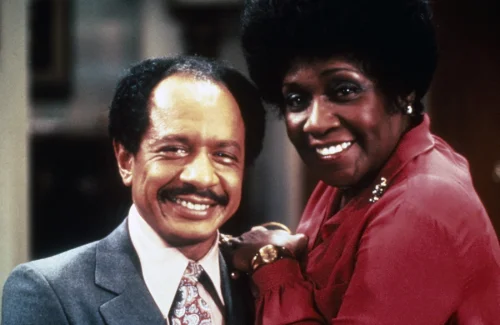
George and Louise, or “Weezy” as George affectionately called her, had a love strong enough to withstand his over-the-top personality. But let’s face it—George’s brashness and frequent disregard for Weezy’s feelings would not be celebrated today. His domineering attitude and tendency to put himself first might have been softened by comedy in the 1970s, but today it would look selfish and tone-deaf. Louise often had to play the role of peacekeeper, smoothing over George’s rough edges with grace and patience.
What kept them together was Weezy’s ability to see George’s better qualities, even when he acted out. She knew how to challenge him without tearing him down, and George ultimately respected her for it. If they were written today, though, George might need to do a lot more growing to earn the kind of partnership Louise deserved. Their love was real, but modern viewers might root for Weezy to demand a little more equality in their dynamic.
6. Tony and Jeannie (I Dream of Jeannie)
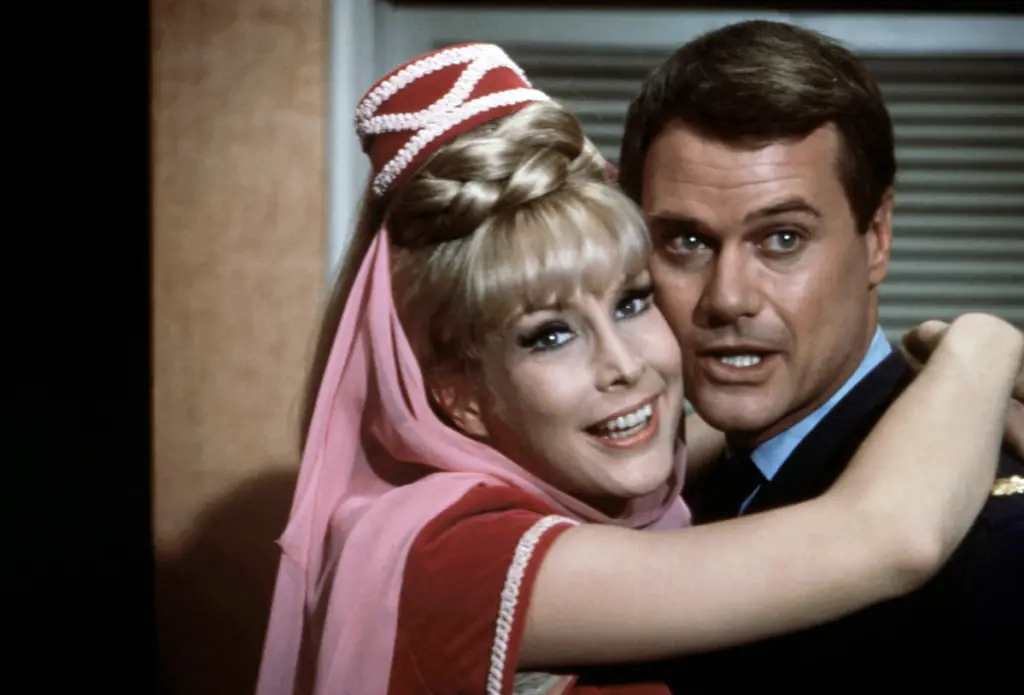
Tony and Jeannie’s relationship was built on magic and mischief, but there’s no denying it had some problematic elements. Tony often treated Jeannie more like a child than a partner, constantly scolding her for using her powers or meddling in his life. Jeannie’s willingness to live in a bottle and wait on Tony hand and foot would be a hard sell for today’s independent-minded audiences. The whole “master and genie” dynamic feels inherently unequal and a bit uncomfortable in a modern context.
That said, Jeannie’s adoration for Tony and her playful spirit made their relationship undeniably fun to watch. Today, though, viewers might wish for a storyline where Jeannie gains a little more autonomy and Tony learns to appreciate her quirks rather than trying to stifle them. Their love story might need an update, but their chemistry still had a spark that kept audiences rooting for them.
7. Rob and Laura Petrie (The Dick Van Dyke Show)
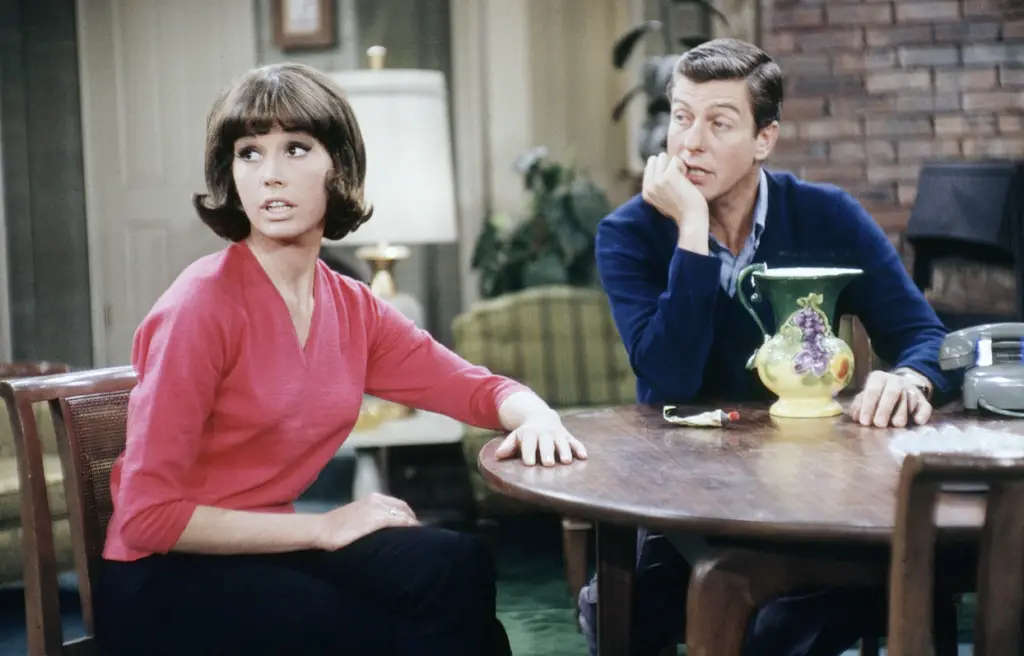
Rob and Laura were one of the most charming couples of the 1960s, but their dynamic wasn’t without its issues. Rob’s occasional patronizing attitude toward Laura reflected the era’s expectations of men as the “head of the household.” Laura, though intelligent and capable, often deferred to Rob’s authority, even when it didn’t make sense. While their relationship seemed harmonious on the surface, a modern take might explore what Laura really wanted beyond being a supportive wife and mother.
Despite these critiques, Rob and Laura’s love for each other was palpable and genuine. They shared a playful camaraderie that made their marriage feel relatable and warm. Today’s audiences might want to see Laura’s character given more depth and agency, but the couple’s genuine affection and respect for each other would still make them a fan favorite.
8. Jim and Margaret Anderson (Father Knows Best)
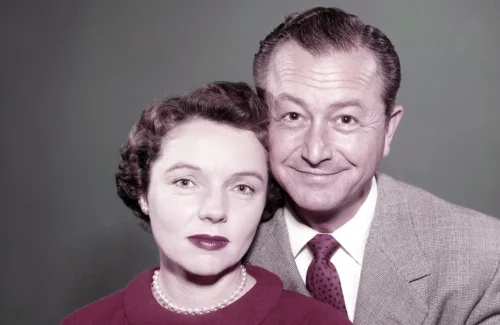
Jim and Margaret were the epitome of the 1950s suburban dream, but their relationship was steeped in traditional gender roles. Jim’s position as the all-knowing patriarch and Margaret’s role as the dutiful homemaker might seem quaint to modern audiences but could also come across as stifling. Margaret’s intelligence and resourcefulness were often downplayed to fit the “perfect wife” mold, while Jim rarely questioned his position as the decision-maker.
What made them work was the sense of stability and mutual respect they brought to their family. Today, though, viewers might expect a more balanced partnership where both voices carry equal weight. Their love was solid, but a modern adaptation would need to let Margaret shine a little brighter to truly resonate.
9. Ward and June Cleaver (Leave It to Beaver)

Ward and June were the picture-perfect parents of the 1950s, but their marriage might feel a bit one-sided today. Ward was the wise, authoritative figure, while June was the supportive, apron-wearing wife who kept the household running like clockwork. While their dynamic was meant to be aspirational, it often sidelined June’s individuality in favor of her role as caretaker. Modern audiences might see this as an unfair burden, especially when Ward rarely shared in the domestic load.
What kept their relationship appealing was their shared commitment to family and their clear affection for one another. Today, though, viewers might expect Ward to pitch in more and June to have her own aspirations beyond the home. Their love for each other was genuine, but a more modern version of their relationship would likely reflect a partnership of equals.
10. Fred and Wilma Flintstone (The Flintstones)
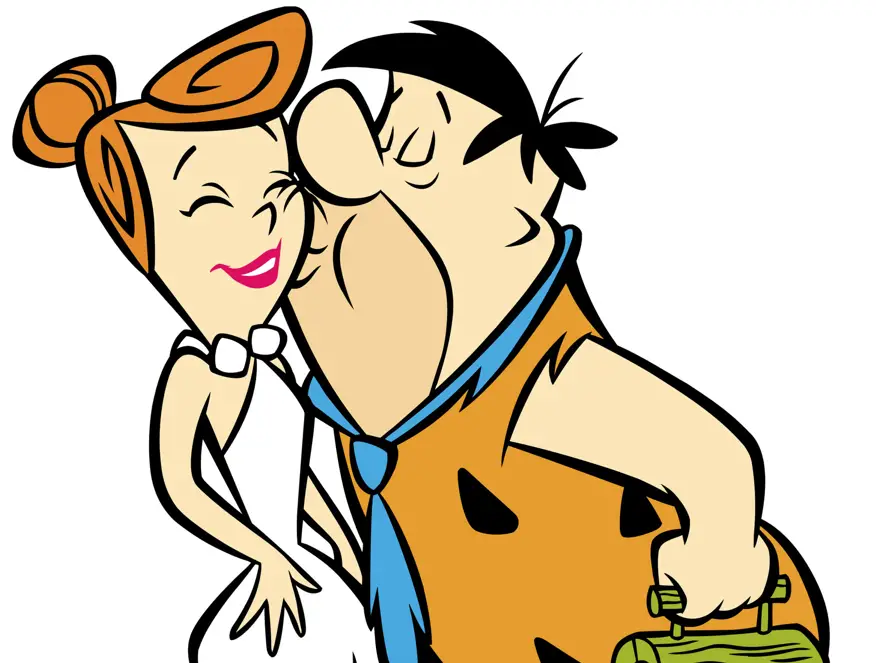
Fred and Wilma were the original animated couple, and their Stone Age squabbles mirrored many real-life marriages of the time. Fred’s temper and occasional selfishness often created tension, but Wilma’s patience and quick wit usually saved the day. While their arguments were played for laughs, Fred’s behavior might be seen as immature and inconsiderate by today’s standards. Wilma’s role as the ever-understanding wife might feel outdated, especially since Fred rarely showed the same level of patience or support.
However, what made their relationship endearing was their shared sense of humor and deep affection for each other. Wilma’s ability to handle Fred’s antics with grace and intelligence made her a standout character. In a modern version, Fred might need to grow up a bit and take on more of the emotional labor, but their bond would likely remain strong.
11. Herman and Lily Munster (The Munsters)
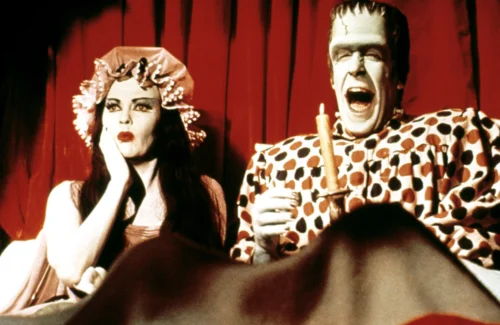
Herman and Lily were a loving and quirky couple, but their relationship had its share of old-fashioned dynamics. Herman’s bumbling nature often left Lily to pick up the slack, both emotionally and practically. While this imbalance was part of the show’s humor, it might not play as well with today’s audiences who value shared responsibilities in relationships. Lily’s patience and wisdom often made her the “real” head of the household, even if Herman didn’t realize it.
Their love for each other, though, was undeniable and refreshingly drama-free. They embraced each other’s quirks and supported their family with unwavering dedication. A modern take might see Herman stepping up a bit more, but their strong foundation of mutual respect and affection would likely endure.
12. Mike and Carol Brady (The Brady Bunch)
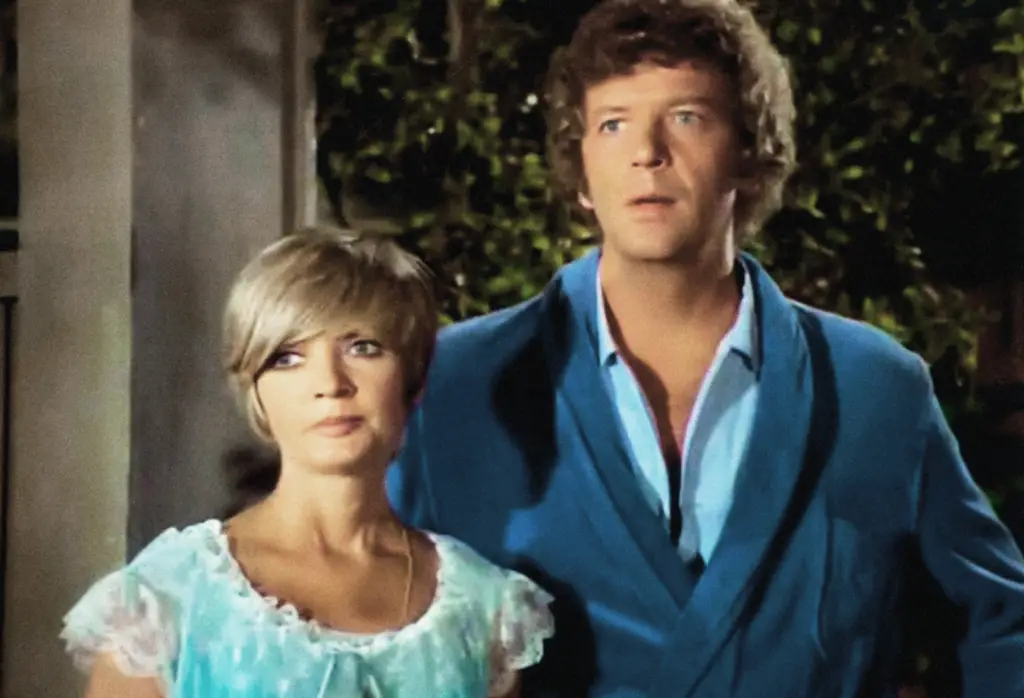
Mike and Carol were the ultimate blended family power couple, but their picture-perfect marriage wasn’t without its flaws. Their dynamic often relied on traditional gender roles, with Carol managing the home and Mike acting as the wise patriarch. While they were both loving and supportive, their relationship sometimes felt more like a partnership of convenience than a deep romantic connection. Modern audiences might expect to see more equal sharing of parenting and household duties.
What made them work was their shared commitment to their family and their ability to navigate challenges together. Today, though, viewers might want to see more focus on their individual dreams and how they supported each other as partners beyond their roles as parents. Their story would still resonate, but with a bit more depth and balance.
These couples were products of their time, reflecting the values and norms of the eras they came from. While they might not all hold up in today’s world, they remind us of the power of love and the ways relationships evolve alongside society. Their flaws and charms alike offer lessons on how far we’ve come—and how much love can endure.


